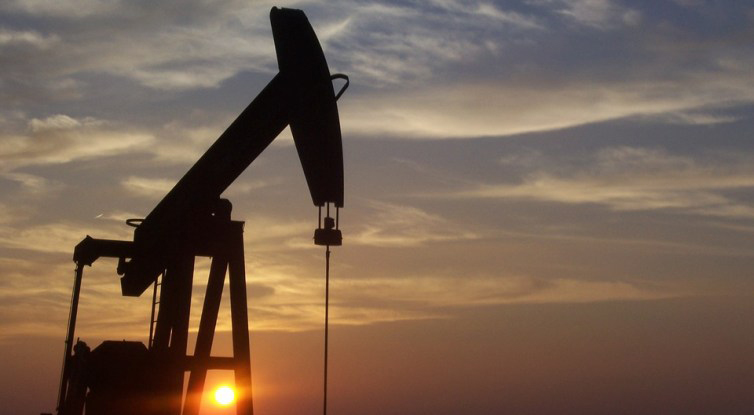
WEAK DEMAND AND OVERSUPPLY
An oversupply of oil combined with weakened demand and the pricing-in of geopolitical risk led to historically low oil prices in 2015. A barrel of oil started out the year at $55 before tumbling below $40 a barrel by the year’s end.
Given the number of factors that impact on the price of oil, it is difficult to make an accurate prediction. If an estimate were to be made solely on economic factors, crude prices are likely to hover within $10 of their current $30 range within the next 12 months or so. This estimate is based on a global economic climate in which demand for oil has grown marginally, but oil production has increased, leading to over-production. As OPEC members have maintained oil production rates throughout 2015 despite a sustained drop in prices, there is little reason to believe that OPEC producers will reduce production in 2016.
OPEC is reluctant to reduce production for several reasons, one of these being that it is seeking to claw back market share from US shale producers who face higher production costs than traditional producers. Another factor is the lack of trust that exists between OPEC members. with Saudi Arabia, the cartel’s de facto leader, unwilling to cut production as it does not trust its counterparts to follow suit. This reality, coupled with an Iran eager to re-enter the oil markets in full force in 2016, will help keep prices rather low (below $50) for the most part throughout the year. This fact is not lost upon several countries that require prices to be maintained high to balance their national budgets, such as Russia and Venezuela, and who will have to resort to budget cuts of varying degrees to steady their finances.
Another factor is the lack of trust that exists between OPEC members. Saudi Arabia, the cartel’s de facto leader and swing producer, has remained unwilling to cut its own production due to mistrust of other producers, who it feels will not follow suit. This reality, coupled with Iran’s eagerness to re-enter the oil markets in full force in 2016, will help keep prices relatively low throughout the year. This could cause turmoil in large oil producers who require high commodity prices to balance their national budgets. Countries such as Nigeria and Venezuela will have to resort to budget cuts of varying degrees to stabilise their finances, possibly leading to economic or social unrest.
One should note that geopolitical factors may also directly influence oil prices to climb or drop. There are several areas to watch out for, which we believe will help oil prices climb to $50 by the end of this year, settling somewhere in the low to mid-50s.
Any unexpected instability in the MENA region, particularly in countries like Saudi Arabia, Iraq, Libya, or Iran, may drive oil prices higher. On the other hand, markets have already priced in geopolitical risk in some of these countries, particularly Iraq and Libya, which have been racked by conflicts in recent years.

TENSIONS IN THE GULF
Saudi Arabia’s long-serving King Abdullah passed away in early 2015. While his successor, King Salman, has sought continuity, any hint of instability brought about by flashpoints such as a direct confrontation with Iran, increased discontent from the younger generations or infighting among the sizable ruling family may threaten Saudi Arabia’s stability. That stability has been based upon strong prices for oil exports that have sustained the monarchy for some years.
The Saudi announcement on January 3, 2016, that it would break off diplomatic relations with Iran is likely to see an escalation in tensions in several areas, particularly Syria and Yemen. Such tensions and the associated uncertainty will push oil prices upwards in 2016, although perhaps not in the first half of the year.
On the other hand, the lifting of sanctions Iran will absorb any reduction in production elsewhere, dampening price rises.
Previous external threats, such as an attack by the U.S. or Israel on Iran’s nuclear facilities are far less likely in 2016, given the Iranian nuclear agreement with the P5+1 Group.
LIBYA
As security conditions in Libya deteriorate in 2016, the country’s oil production will remain at low levels. While a UN-backed deal to curb violence was signed in December 2015, the agreement lacks the backing of important players and will have limited effect on the ground. Therefore, it is unlikely Libya will increase its oil production in the coming year.
Given the country’s limited production capacity and the fact that markets seem to have internalised much of the risk surrounding Libyan oil, increased instability in the country is unlikely to significantly impact the price of oil.

